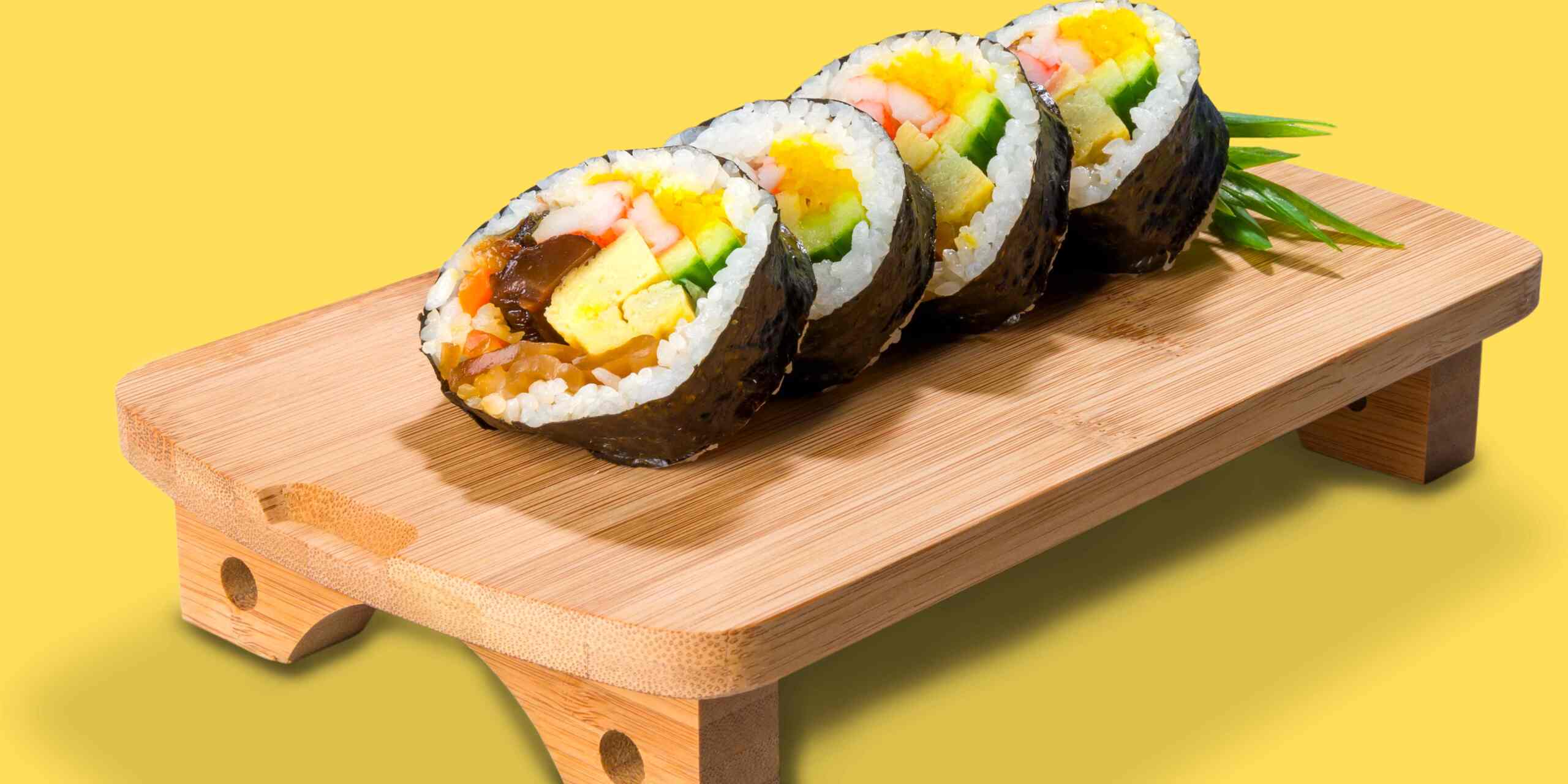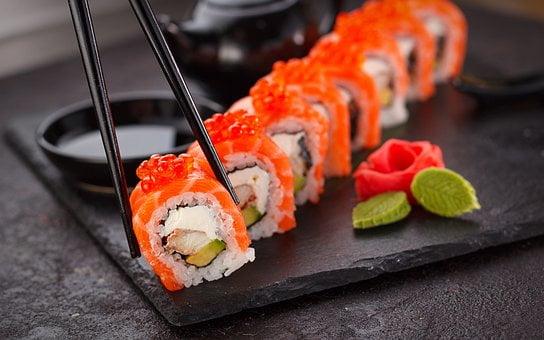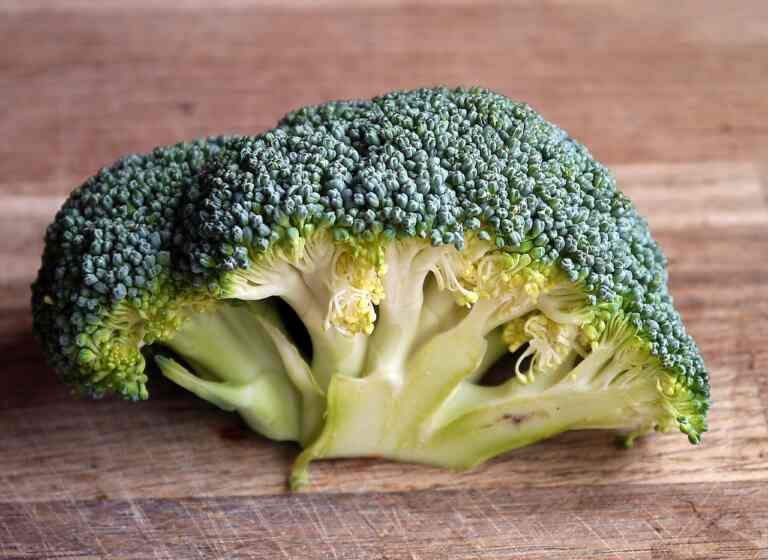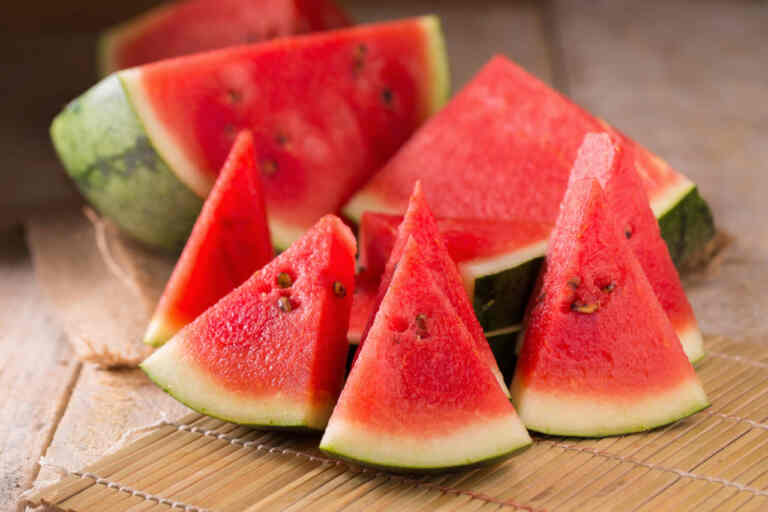Can We Eat Sushi Before or After a Workout?
Yes, you can enjoy sushi as part of your workout nutrition plan. Sushi offers a mix of carbs, protein, and healthy fats that can benefit your fitness routine – the key is understanding the best time to have it and what varieties to choose. Let’s dive into the details!
Sushi for Pre-Workout Energy
Sushi can be a suitable pre-workout snack or light meal. The rice provides easily digestible carbohydrates, giving you a quick energy boost. Choose rolls with lean protein like tuna or salmon for added fuel. However, avoid high-fat options like tempura rolls, which can slow digestion and cause discomfort during your workout.
Sushi as a Post-Workout Recovery Meal
Sushi is an excellent way to replenish your body after a workout. The carbohydrates in the rice help restore glycogen stores (your muscles’ energy source), while the protein from the fish supports muscle repair and growth. Additionally, the omega-3 fatty acids found in fish like salmon can reduce inflammation and muscle soreness.
Tips for Choosing Workout-Friendly Sushi
- Prioritize lean protein: Opt for rolls with tuna, salmon, shrimp, or white fish.
- Go easy on the sauces: Soy sauce is high in sodium, so use it sparingly. Spicy sauces can irritate your stomach during exercise.
- Choose brown rice: If available, brown rice provides more fiber than white rice.
- Timing matters: Eat sushi at least 1-2 hours before a workout for optimal digestion.
Is Sushi Always a Good Workout Option?
While sushi can be a healthy choice for athletes, consider:
- Raw fish sensitivities: If you’re sensitive to raw fish, cooked options or vegetarian rolls are alternatives.
- Portion sizes: Stick to a few rolls to avoid feeling overly full during your workout.
- Individual preferences: Ultimately, the best pre- or post-workout meal is one that your body tolerates well and helps you feel energized.
Related Posts
| Can we eat biryani during weight loss? |
| Can we eat ice cream after eating fish? |
| Can We Eat Chicken During Fever? |
This article is reviewed by Russel, before publishing. If you have any doubt, you can contact us or consult with your nearby doctor. Remember, in medical matters, there is no same advice, cure, and medicine for all.







